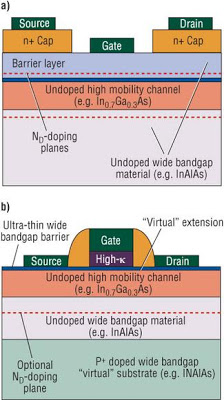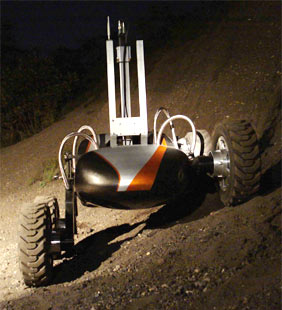Technology for Starships, Closer Stars and Bigger Civilization
Science Fiction author and blogger Charlie Stross has an article about the myth of the starship Yes, I think human interstellar exploration (and yes, maybe even colonization) might be possible, after a fashion. But to get there, we’re going to have to master at least two entire technological fields that don’t yet exist, even before …




